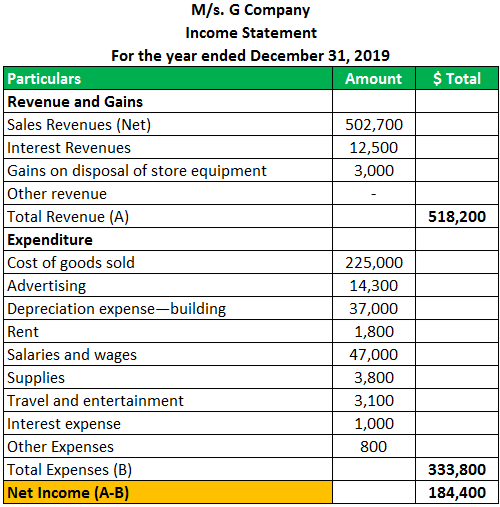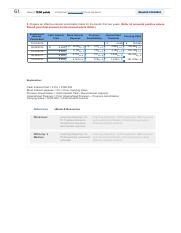Content

The contra accounts noted in the preceding table are usually set up as reserve accounts against declines in the usual balance in the accounts with which they are paired. For example, assets usually have a debit balance, while liabilities usually have a credit balance. This means that when a transaction increases an asset account, it is recorded as a debit, and when a transaction increases a liability account, it is recorded as a credit. Balance Sheet accounts are assets, liabilities and equity. Recording transactions into journal entries is easier when you focus on the equal sign in the accounting equation. Assets, which are on the left of the equal sign, increase on the left side or DEBIT side.
- This situation could possibly occur with an overpayment to a supplier or an error in recording.
- Let’s say there were a credit of $4,000 and a debit of $6,000 in the Accounts Payable account.
- As such, in a cash account, any debit will increase the cash account balance, hence its normal balance is a debit one.
- Therefore, asset, expense, and owner’s drawing accounts normally have debit balances.
- For example, a company’s checking account has a credit balance if the account is overdrawn.
- All this is basic and common sense for accountants, bookkeepers and other people experienced in studying balance sheets, but it can make a layman scratch his head.
Information presented below walks through specific accounting terminology, debit and credit, as well as what are considered normal balances for IU. Here are some examples of common journal entries along with their debits and credits. I’ve also added a column that shows the effect that each line of the journal entry has on the balance sheet. A trial balance is extracted from the ledger accounts, and it lists all the debit balances in the debit column and credit balances in the credit column. Financial statements are prepared after the trial balance is constructed. Since assets are on the left side of the accounting equation, the asset account Cash is expected to have a debit balance.
Permanent and Temporary Accounts
The Normal Balance or normal way that an asset or expenditure is increased is with a debit . The Normal Balance or normal way that a liability, equity, or revenue is increased is with a credit . Does the Insurance Expense account flow into the income statement, statement of owner’s equity, or balance sheet?

Regardless of what elements are present in the business transaction, a journal entry will always have AT least one debit and one credit. You should be able to complete the debit/credit columns of your chart of accounts spreadsheet . That normal balance is what determines whether to debit or credit an account what is a normal balance in an accounting transaction. Since the transaction has one asset increasing and one asset decreasing by the same amount, there will be no change in the cumulative totals for the accounting equation. In the asset accounts, the account balances are normally on the left side or debit side of the account.
Normal Balance
Increases in expense accounts are recorded directly in the owner’s capital account. Occasionally, an account does not have a normal balance. For example, a company’s checking account has a credit balance if the account is overdrawn.
Dizziness can include dizziness, a sensation that you or your surroundings are spinning, and dizziness, a sensation as if you are fainting. Direct debits and credits differ in accounting compared to what banking users see most often. For example, if you make a transaction with a bank, a user depositing a cheque for $100 will credit or increase the account balance. However, for accounting purposes, this would be considered an expense. Since assets are on the left side of the equation, an asset account increases with a debit entry and decreases with a credit entry.
Share This Book
An entry reverses a transaction that was in a prior year, and which has already been zeroed out of the account. Tim is a Certified QuickBooks Time Pro, QuickBooks ProAdvisor, and CPA with 25 years of experience. He brings his expertise to Fit Small Business’s accounting content. When services are sold on account for $500.00, ____. Increases in an owner’s capital account are shown on a T account’s ____.
What is normal balance examples?
- Asset: Debit.
- Liability: Credit.
- Owner's Equity: Credit.
- Revenue: Credit.
- Expense: Debit.
- Retained Earnings: Credit.
- Dividend: Debit.
The normal balance for each account type is noted in the following table. The owner’s capital account (and the stockholders’ retained earnings account) will normally have credit balances and the credit balances are increased with a credit entry. Within IU’s KFS, debits and credits can sometimes be referred to as “to” and “from” accounts. These accounts, like debits and credits, increase and decrease revenue, expense, asset, liability, and net asset accounts. To better visualize debits and credits in various financial statement line items, T-Accounts are commonly used.
What is a normal debit balance?
The normal balance is the expected balance each account type maintains, which is the side that increases. As assets and expenses increase on the debit side, their normal balance is a debit. Dividends paid to shareholders also have a normal balance that is a debit entry.

Leave a Reply